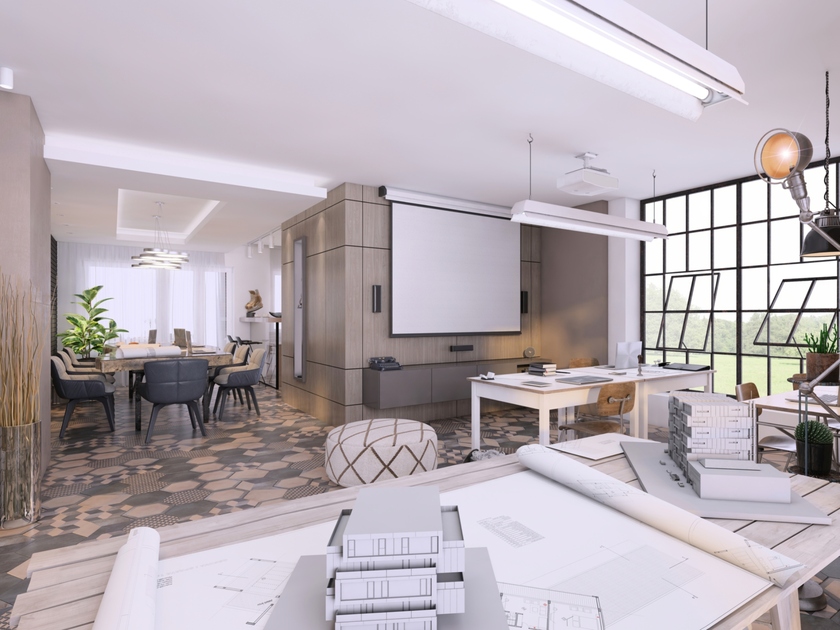Lighting accounts for up to 30% of the electricity used in commercial buildings, and fluorescent tube lamps, commonly known as T12s or T8s, have long been the workhorses. If your fluorescent lamps are ready to be put to rest, now is a great time to switch to high performance LEDs. LEDs bring many benefits to the table, including:
- Long-rated life. LEDs bulbs can last for 35,000 to 50,000 hours or more.
- Compatibility with controls. LEDs are dimmable and they turn on instantly — features that work well with occupancy and daylighting controls.
- Durability. LEDs are resistant to vibration and breaking, making them a good fit for settings where maintenance is an issue.
- Good cold temperature performance. Cold temperatures don't affect LED performance, making them well-suited for refrigeration applications.
- Excellent light quality. Good color rendering and the directional focus of LEDs can reduce the light output and energy use needed to optimize visibility.
LED replacement options
A number of LED upgrade options are available, including replacement tubes, retrofit kits and dedicated LED luminaires.
Replacement tubes are the same length as T12 and T8s and fit into the same fixture. Drop-in LED replacement tubes (TLEDs) work with the existing fluorescent ballast. They simply pop into place; no extra wiring is needed. Drop-ins are easy to install, but they consume ballast power and require a new ballast once the existing one fails. Ballast-bypass TLEDs can be wired directly.
Retrofit kits offer a less expensive option than a new fixture, but they require more time and labor to install than drop-in tubes. To install the kit, you have to add a direct-current (DC) block driver to the existing fixture. Make sure that the kit is UL-certified for safe operation and that it performs well when dimmed.
LED luminaires are designed to completely replace the existing fluorescent fixture. This option requires more labor and a higher initial cost, but it delivers the highest light output and efficiency and the best light quality.
Selecting the best option for your facility depends on the existing lamp and ballast types, your budget and energy efficiency goals. Whichever solution you choose, you'll have a lighting system that provides high quality illumination while using less energy.



